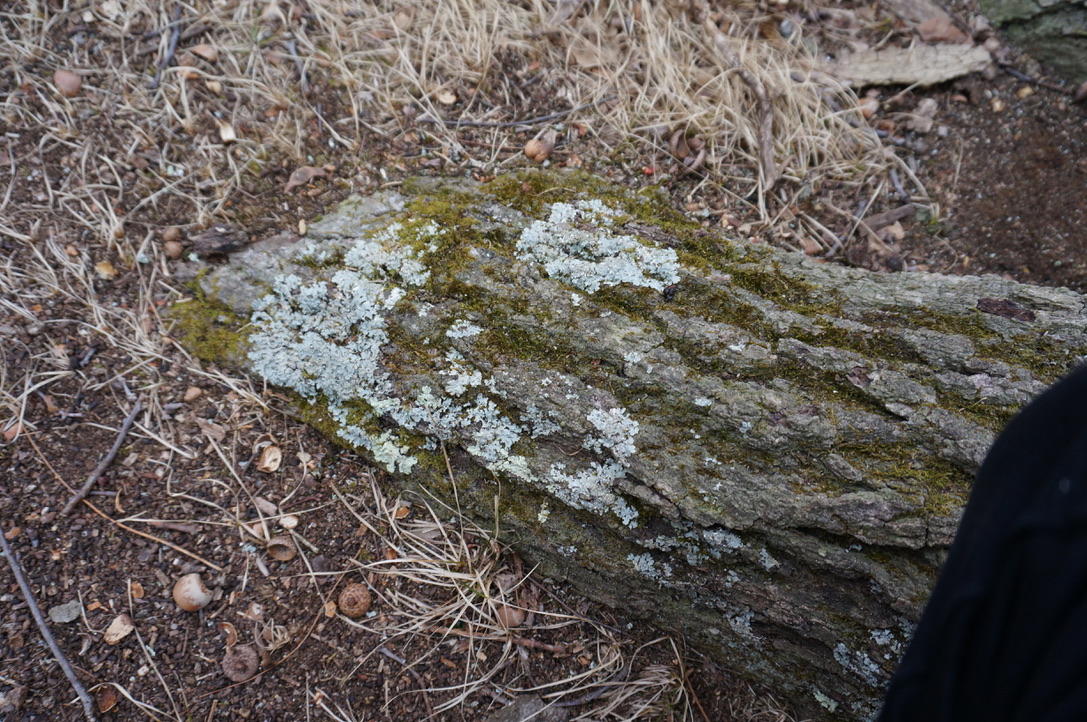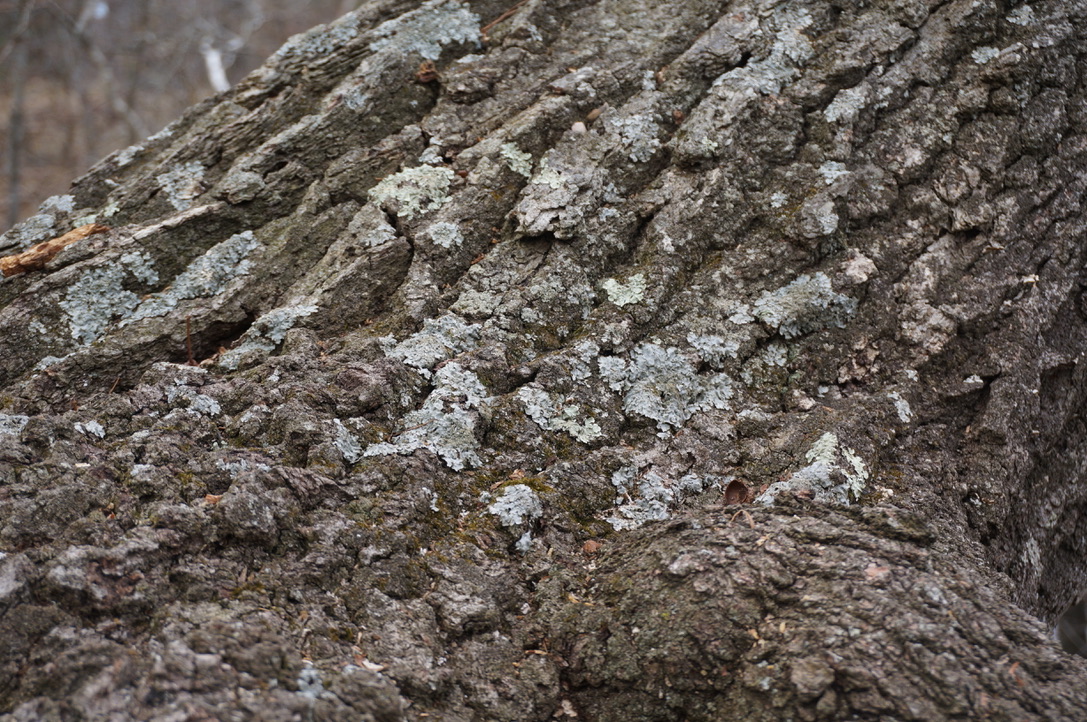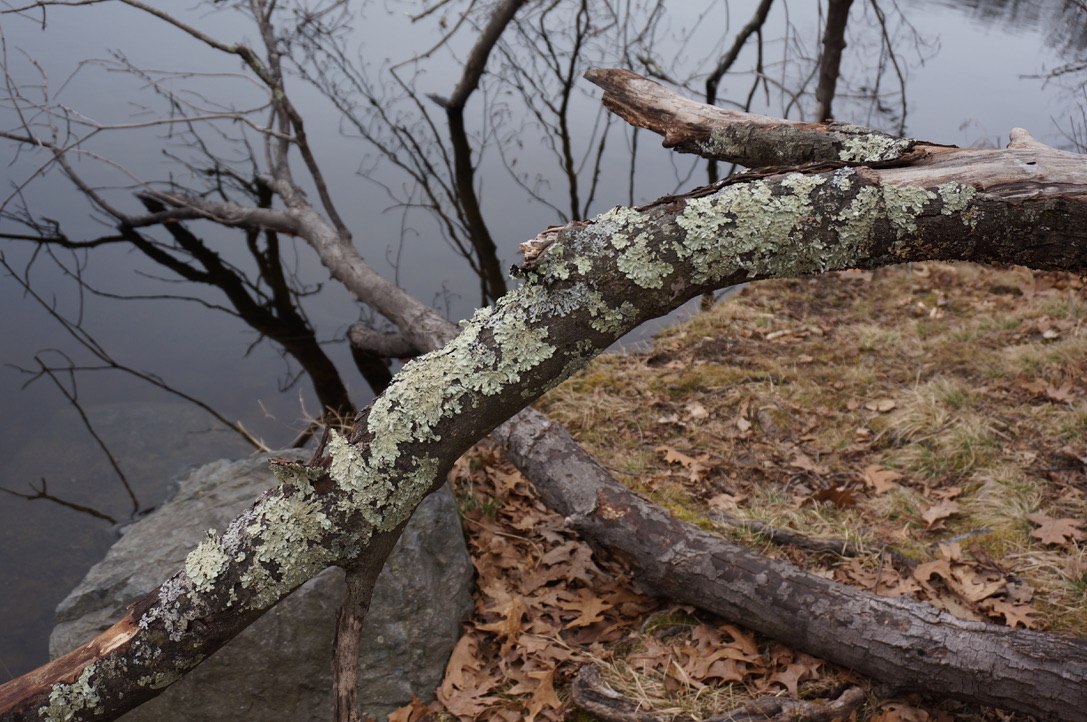This is again an exceedingly common organism in and around Lexington. I found this American Robin (Turdus migratorius) on Worthen Road, across from the Captain Parker Arms area. They are gray in color, with a bright orange underside, black heads, and a white patch on the tail. Robins, along with many other prey animals, have monocular vision, which is when the animal has eyes on the sides of its head. This gives the animal a large field of vision, with which they can more easily spot approaching predators. These birds are found everywhere on the continent, from residential areas to more natural woodland habitats. In the wild, they generally build their nests in the lower half of trees, in or just under dense leaf growth. However, they also often nest in gutters, eaves, and other man-made structures. American Robins eat earthworms and insects, as well as a massive variety of fruits. They sometimes fight over earthworms that they have caught, in a natural game of tug-of-war.
Fun Fact: Robins eat an incredible amount and range of fruits, but if they exclusively eat honeysuckle berries, they can become intoxicated!
American Robin Identification, All About Birds, Cornell Lab of Ornithology. (n.d.). Retrieved from https://www.allaboutbirds.org/guide/American_Robin/id
American Robin Life History, All About Birds, Cornell Lab of Ornithology. (n.d.). Retrieved from https://www.allaboutbirds.org/guide/American_Robin/lifehistoryAmerican
Robin Overview, All About Birds, Cornell Lab of Ornithology. (n.d.). Retrieved from https://www.allaboutbirds.org/guide/American_Robin/overview
Holley, D. (2015). General Zoology: Investigating the Animal World. Indianapolis, IN: Dog Ear Publishing, LL.




























